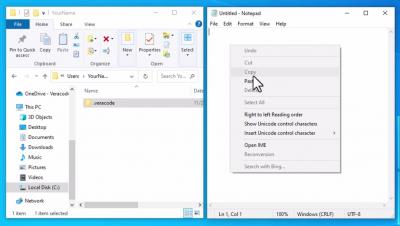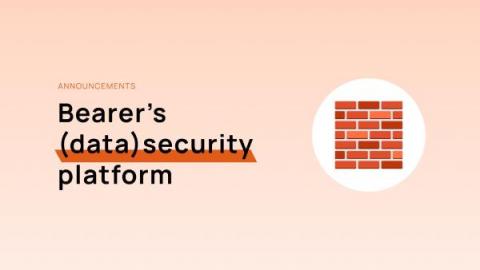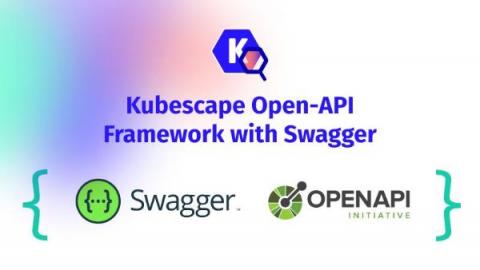Security | Threat Detection | Cyberattacks | DevSecOps | Compliance
API
API Security in the fast lane
Today, an important measure for success in the tech sector is time to market. The speed at which you can launch your product and any new features can make a huge difference in meeting growing customer expectations, breaking new ground in an existing market, and standing out against your competitors.
Configure the API Credentials File on Windows
Data-First Security should become the de facto standard
Over the past two decades we have seen security get more and more granular, going deeper into the stack generation after generation, from hardware, to network, server, container and now more and more to code. The next frontier of this evolution is data, especially sensitive data. Sensitive data is what organizations don’t want to see leaked or breached. This includes PHI, PII, PD, financial data.
An Eye for an API
If the eyes are the window to the soul, then the Application Programming Interface (API) is the window to the software. After all, an API is a way for products to communicate with each other through a documented interface, just as the eye is a human interface, communicating with the outside world (but it’s not as well-documented as to meanings).
Bearer's data-first security platform
Now is the time to rethink how you manage data security. We’ve discussed the potential for breaches, financial ramifications, and loss of business in the past. These get your attention, but we’re well beyond that. No company is immune to these risks anymore. It’s the “how” that trips people up. How do you account for every line of code? How do you keep tabs on third parties? How do you ensure security teams aren’t in the way of developers?
How To Hide API Keys, Credentials and Authentication Tokens on Github
Back in 2018, GitHub celebrated 100 million open source repositories, and it has only been growing since then. How can you make sure your sensitive credentials and authentication tokens aren’t exposed to access by the public? Read this blogpost to learn how to save your API keys and other important data from being disclosed.
Introducing:Kubescape Open-API Framework (Swagger)
Developers don't care about (data) security!
I’ve heard the title of this article uttered in exasperation by more than a few CISOs. That can’t be the case though, right? Developers are some of the most paranoid cautious, security-conscious people I know. Compared to your average person, developers are far more skeptical when it comes to their personal data. Even as a CEO, those instincts from my time as a full-time dev persist.











